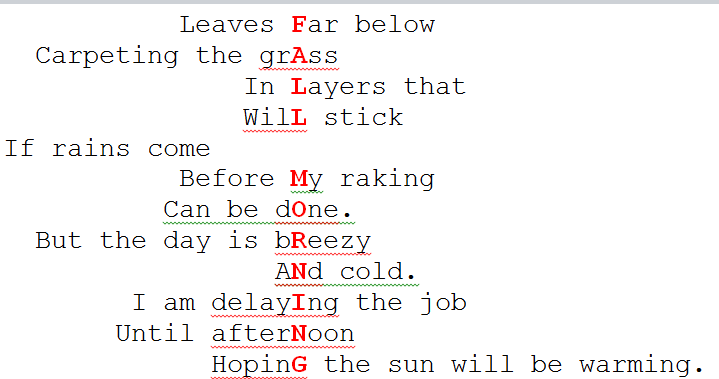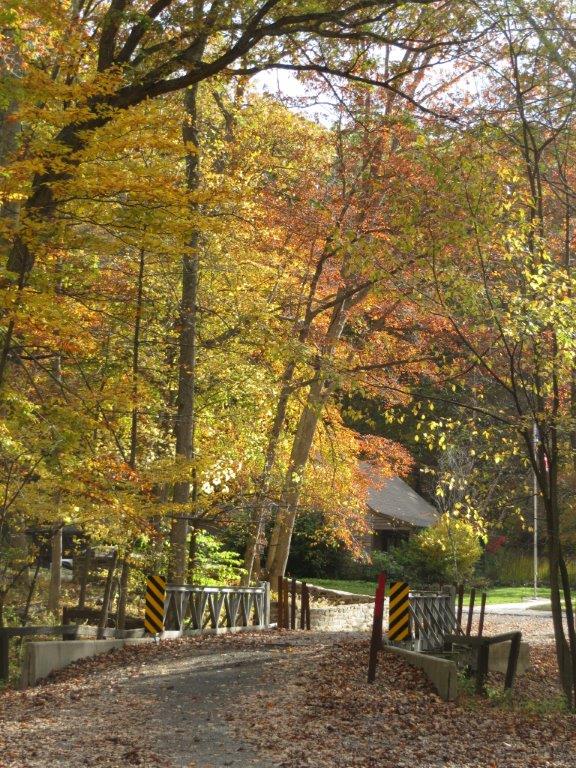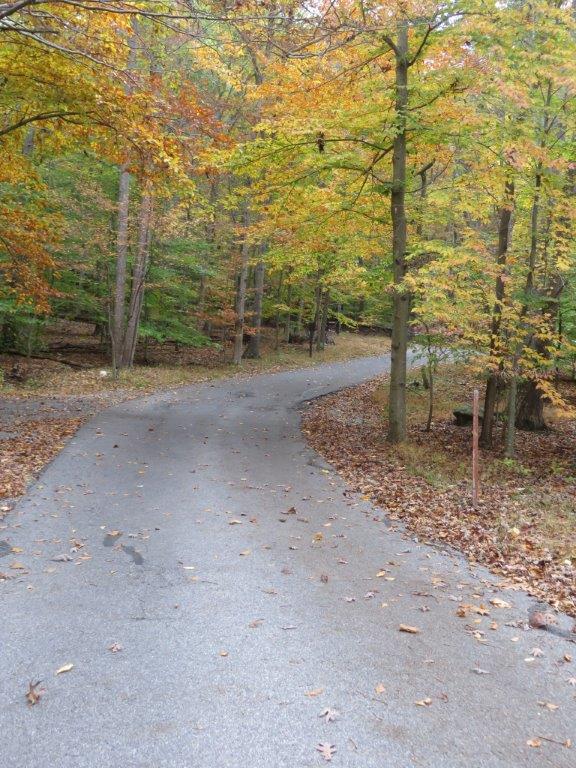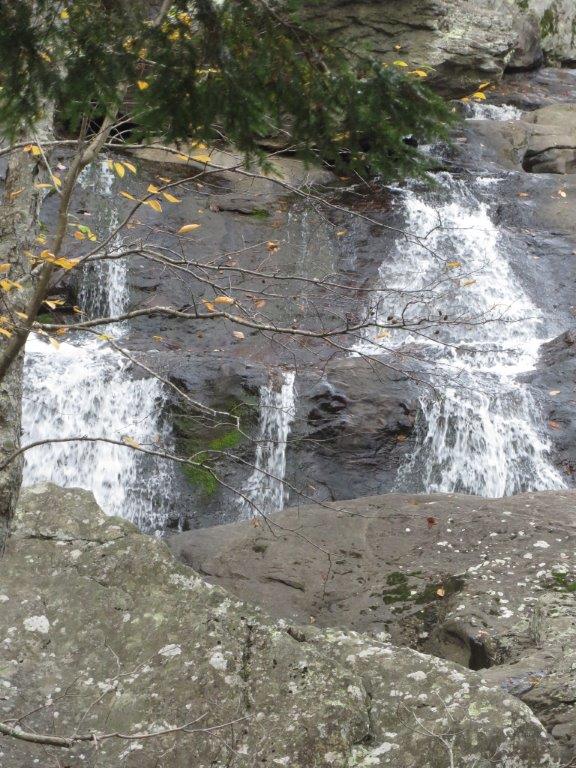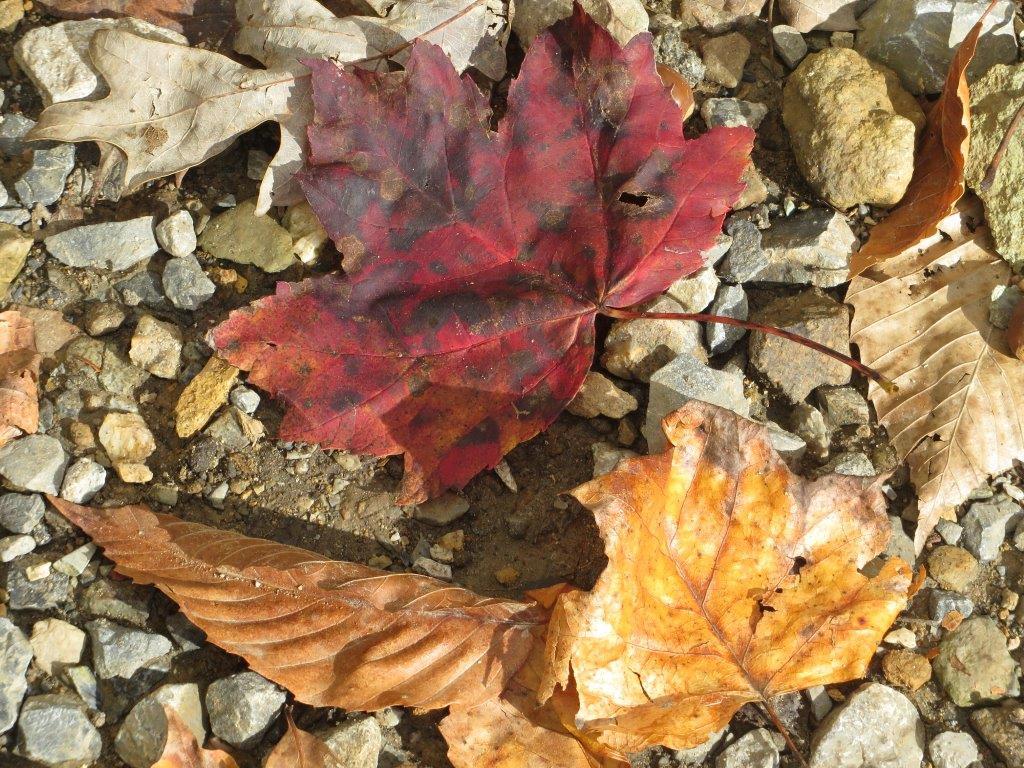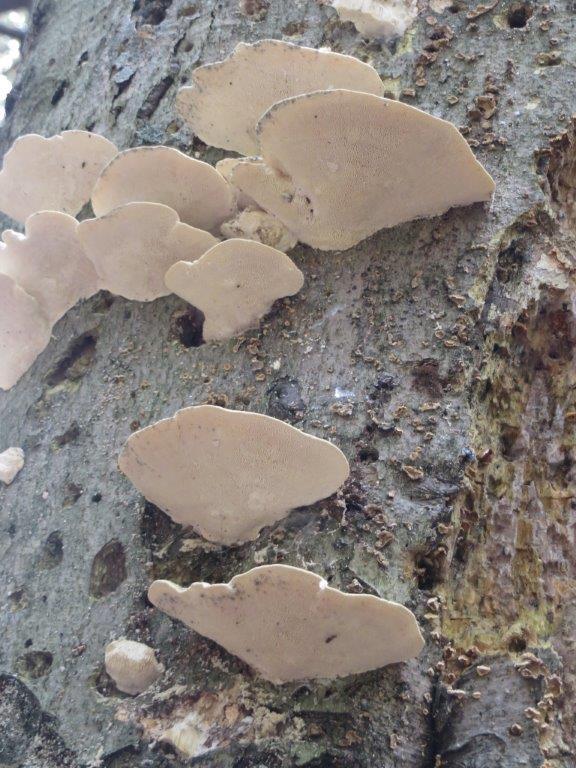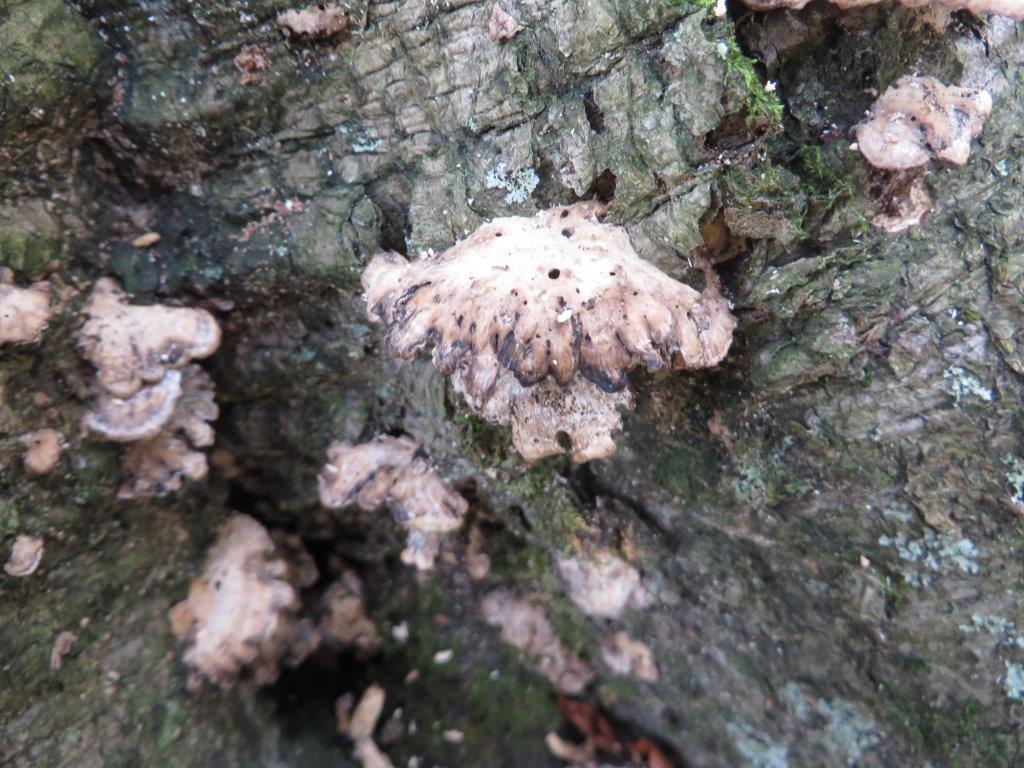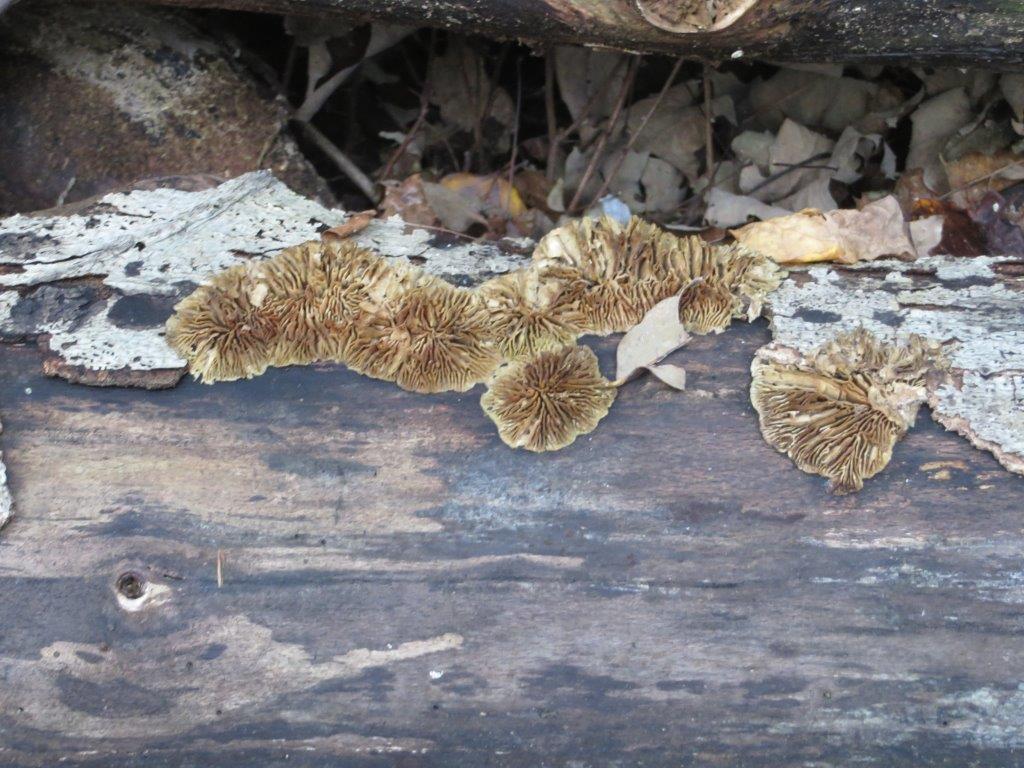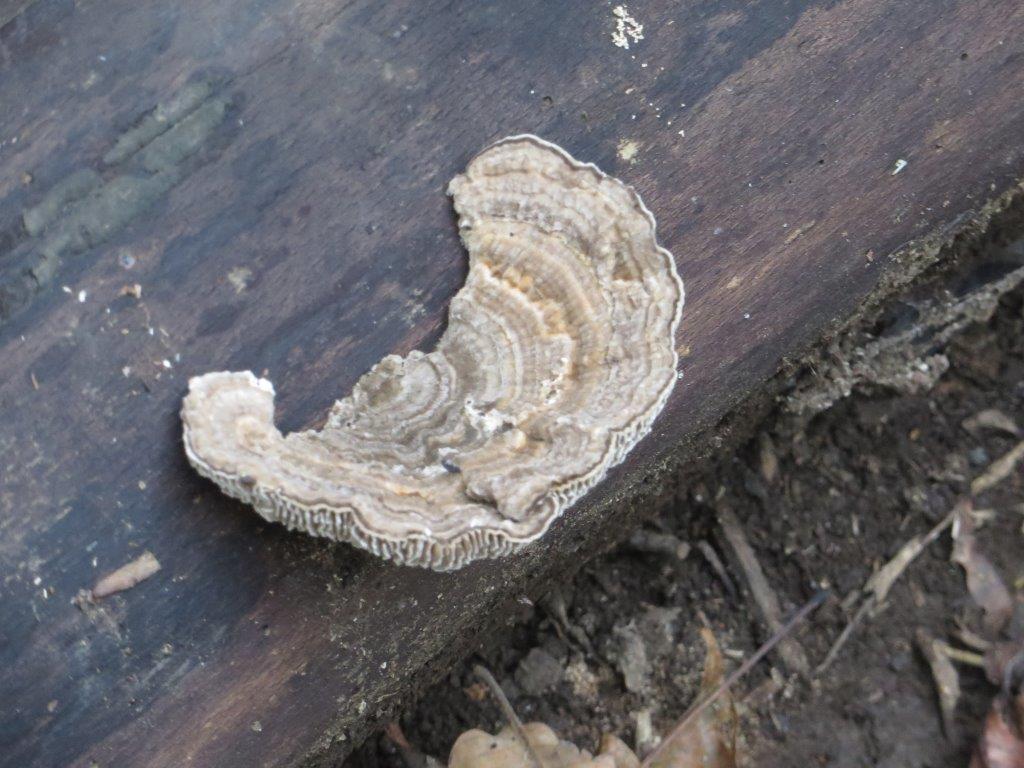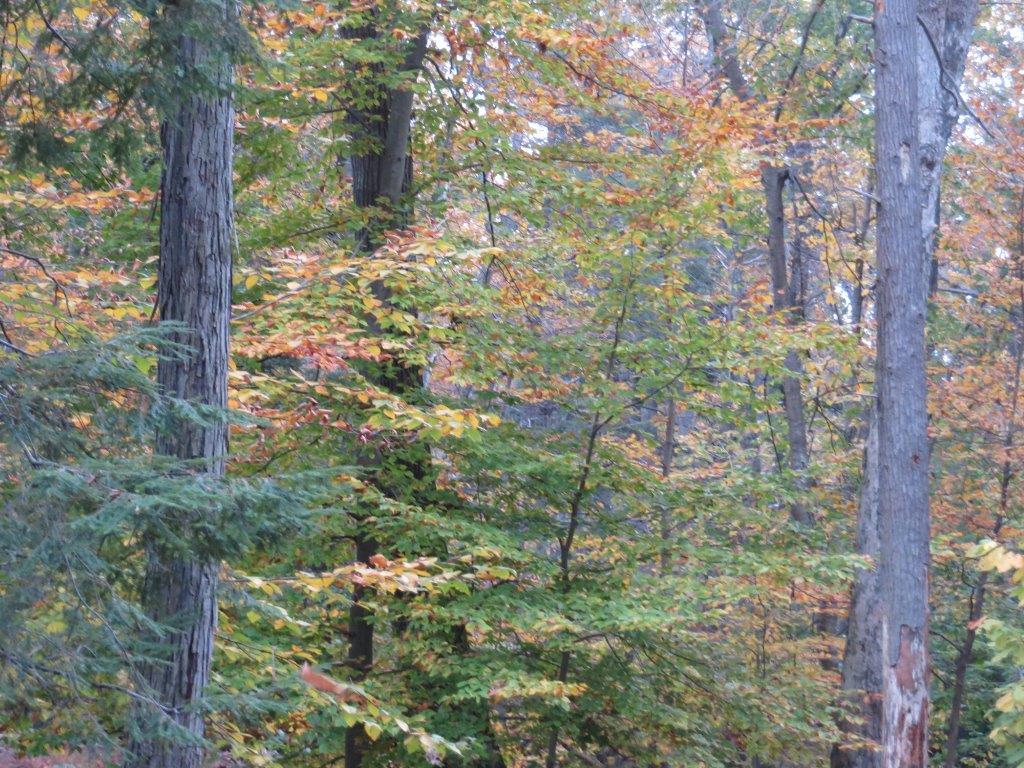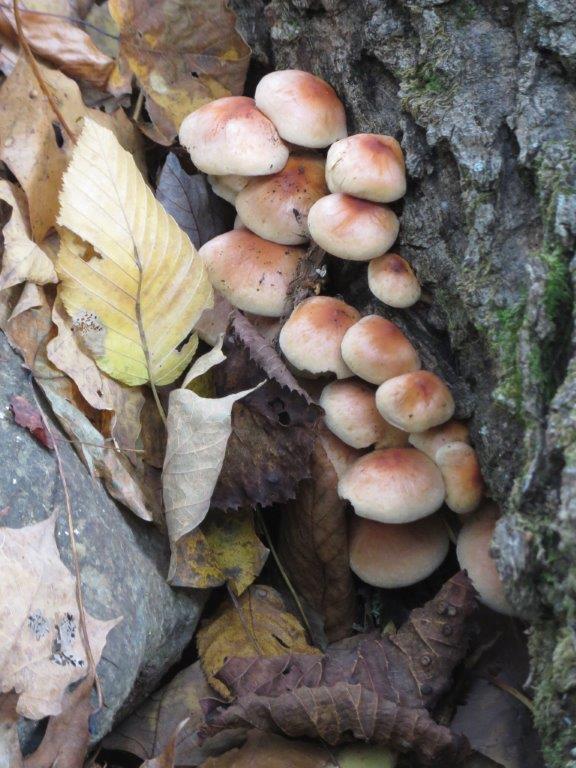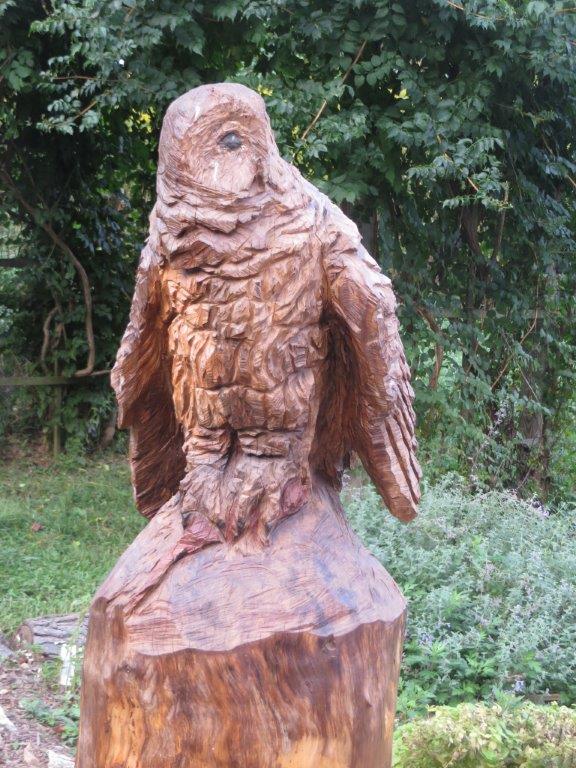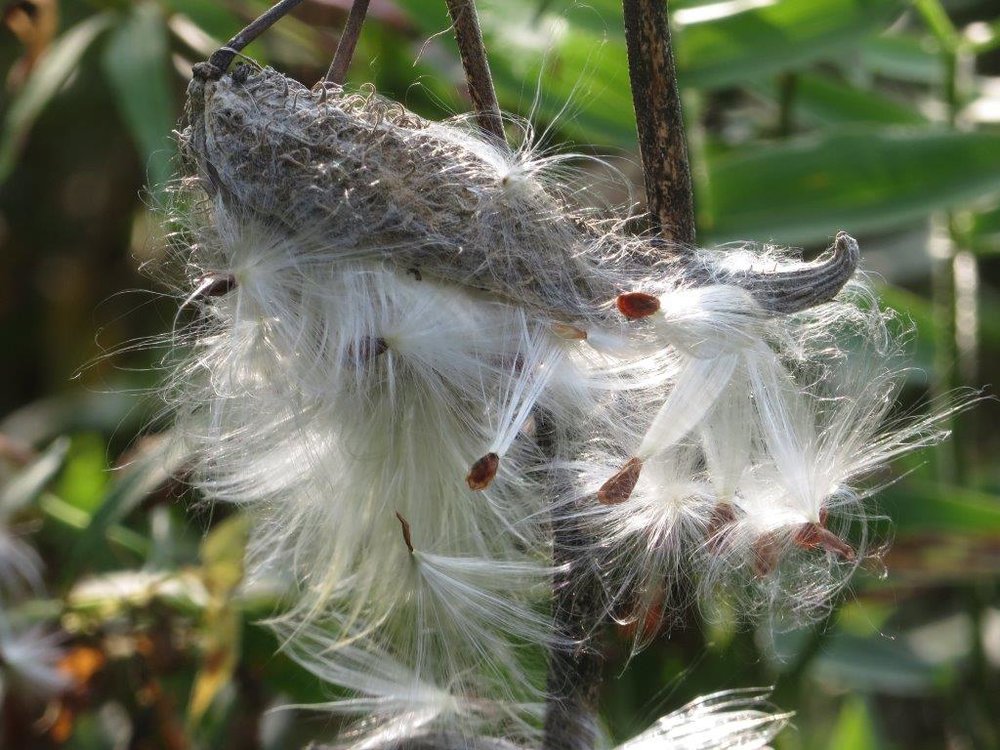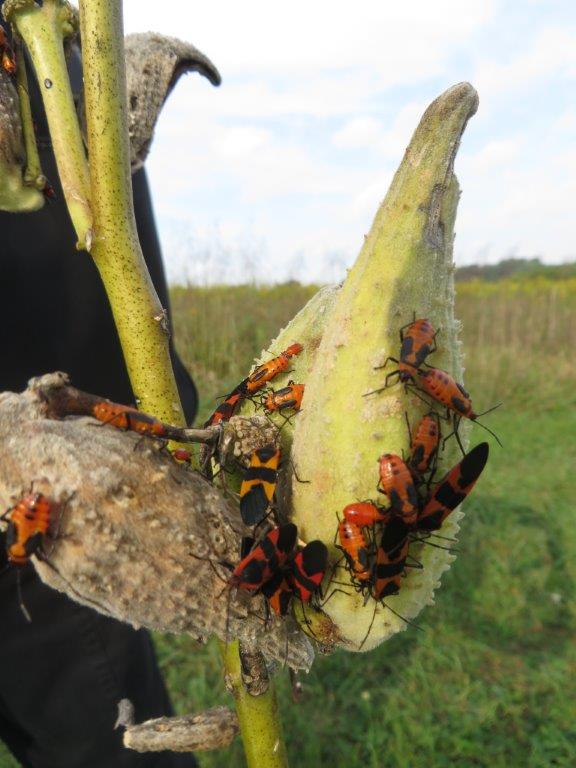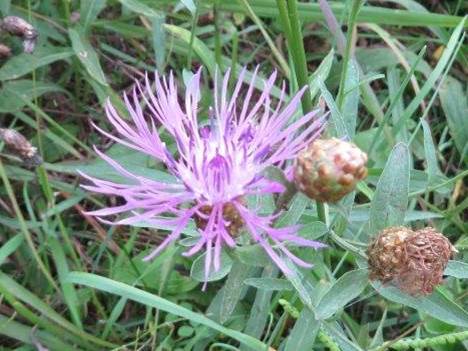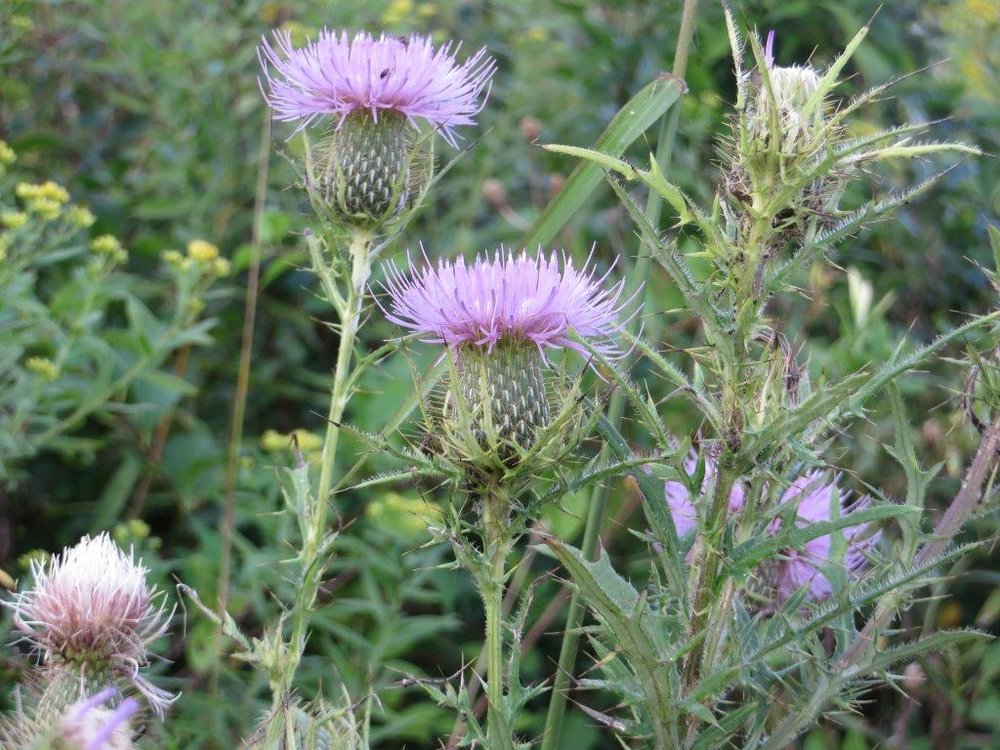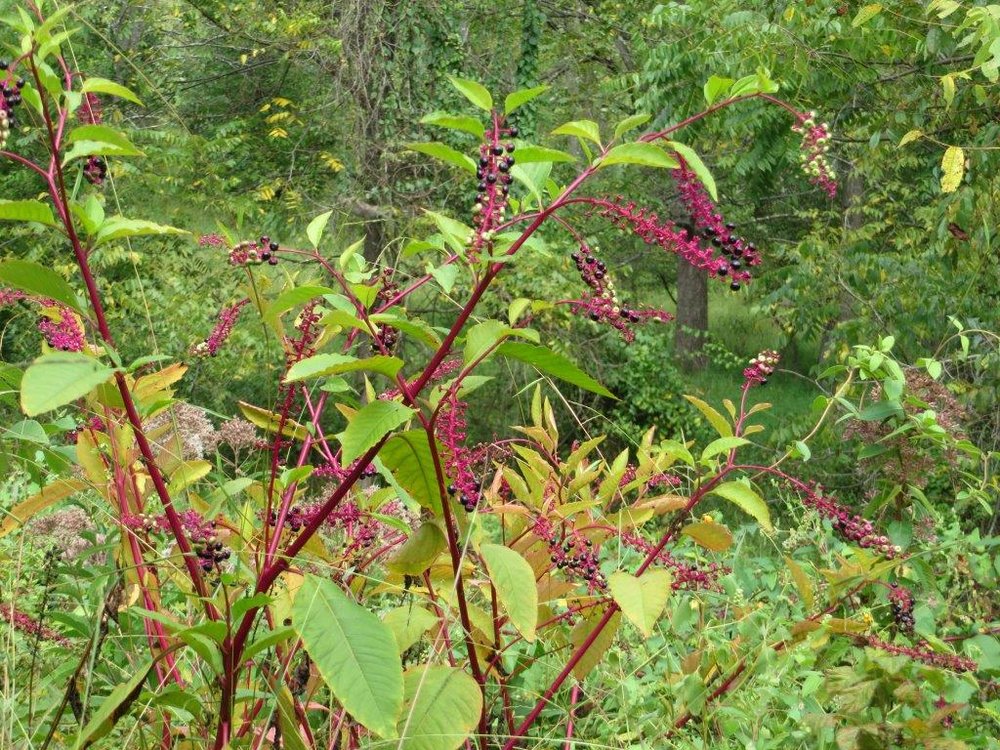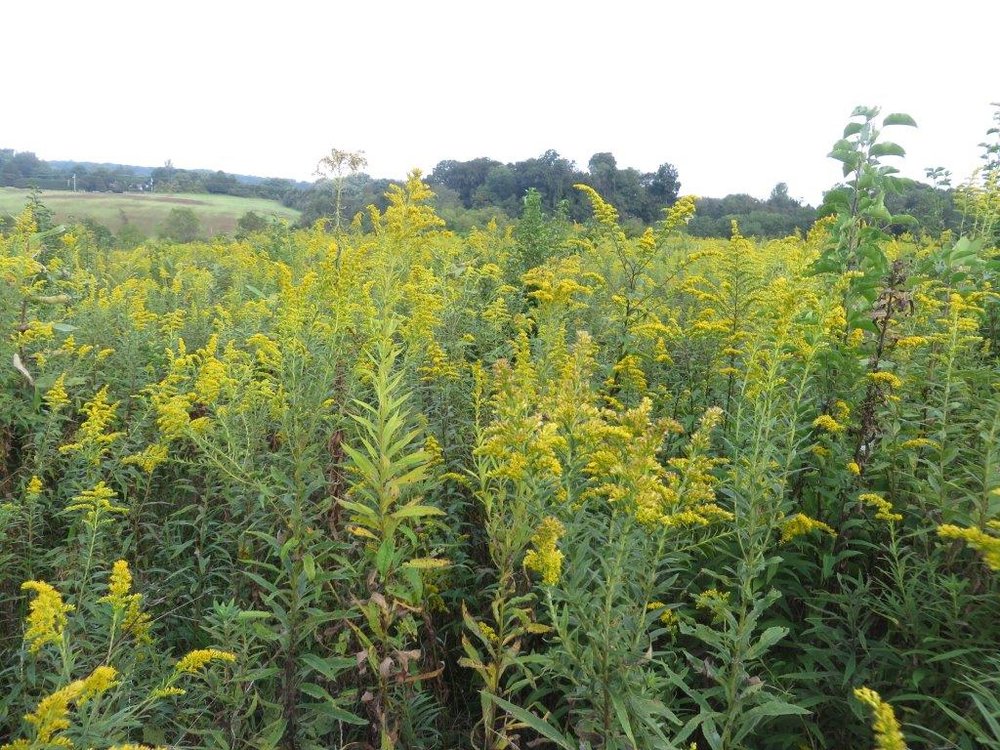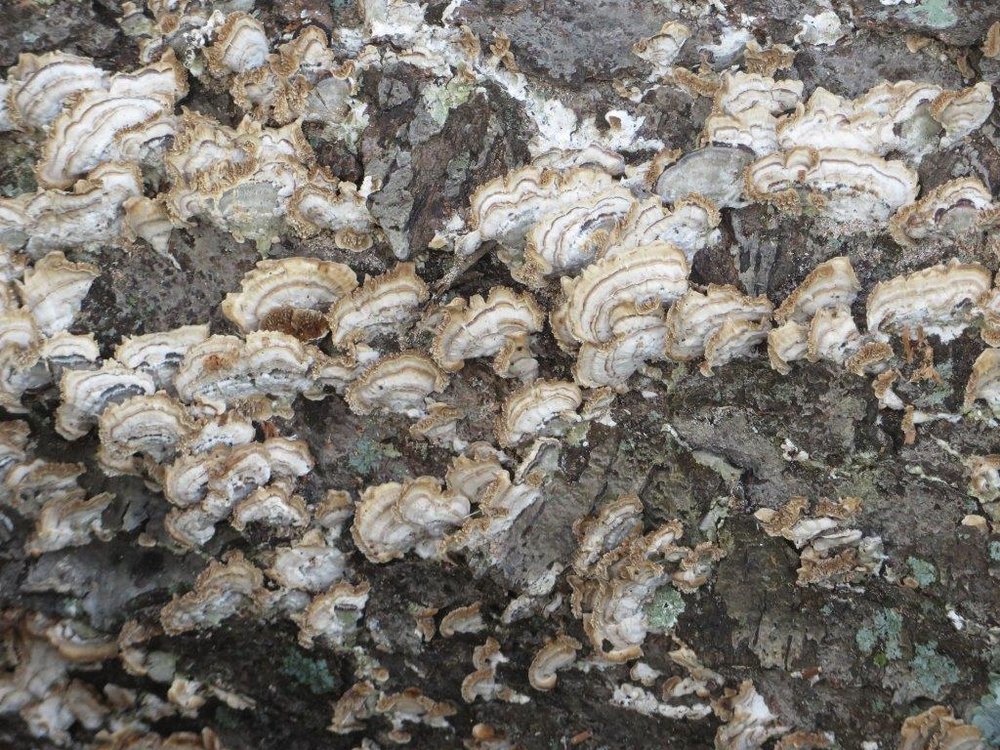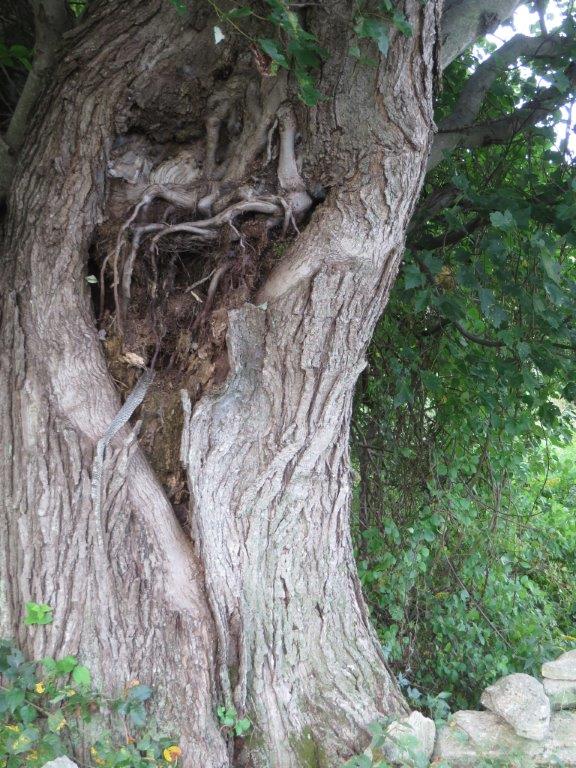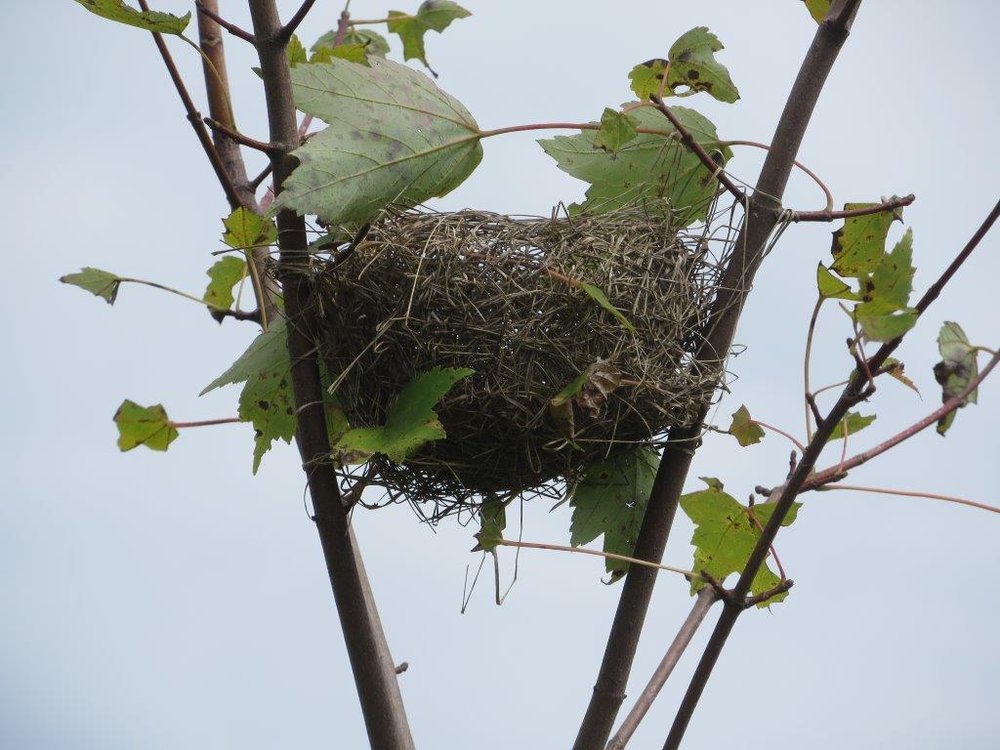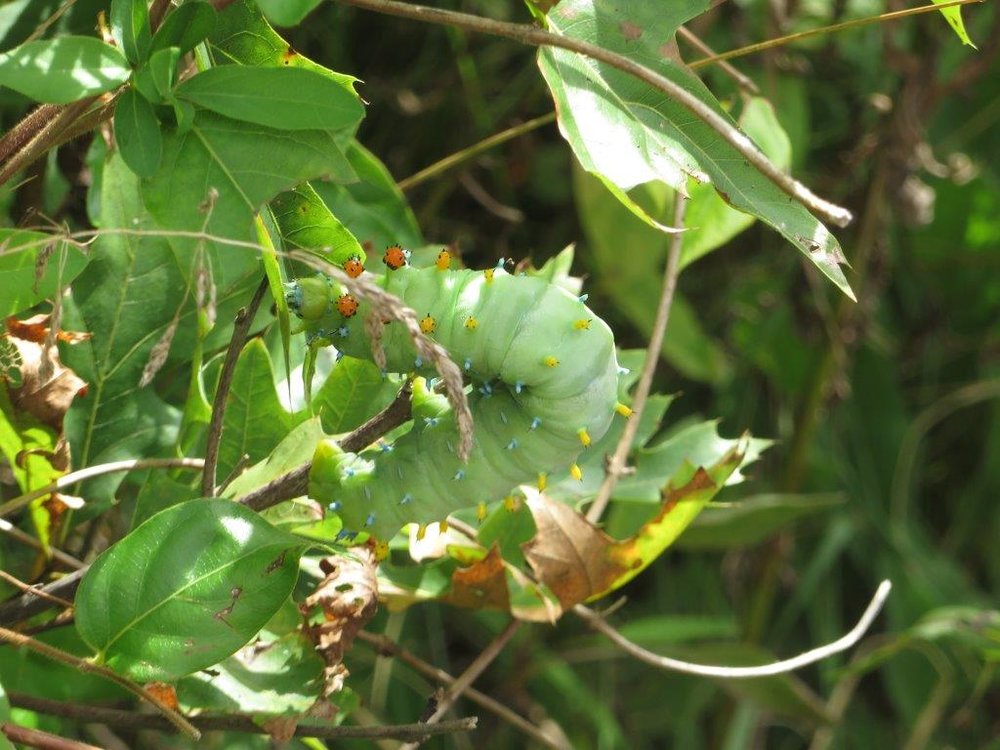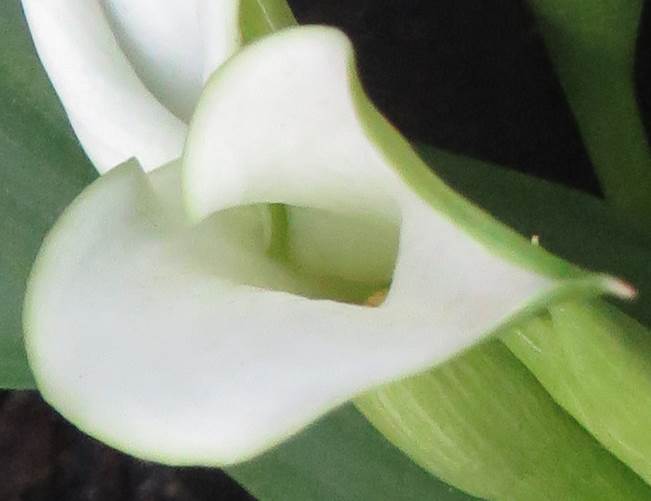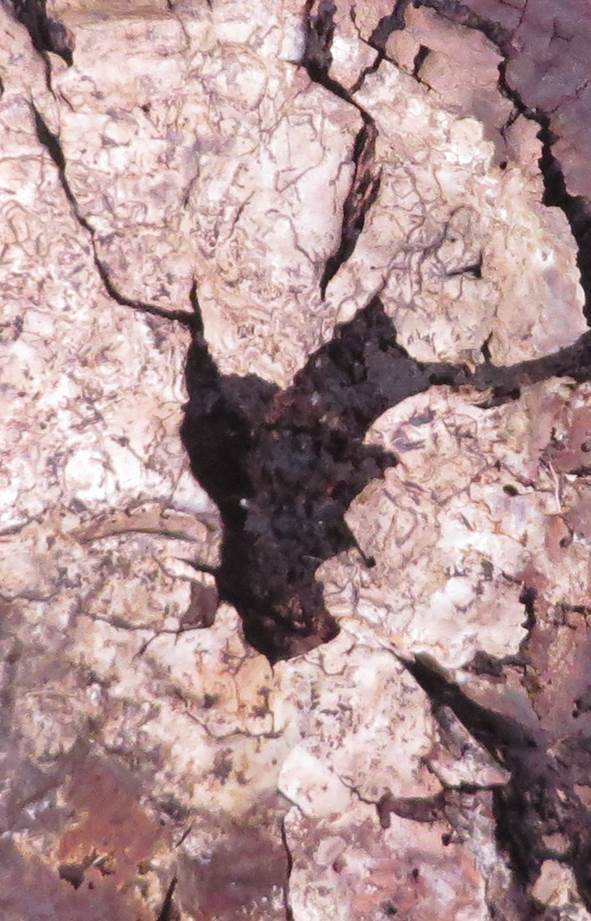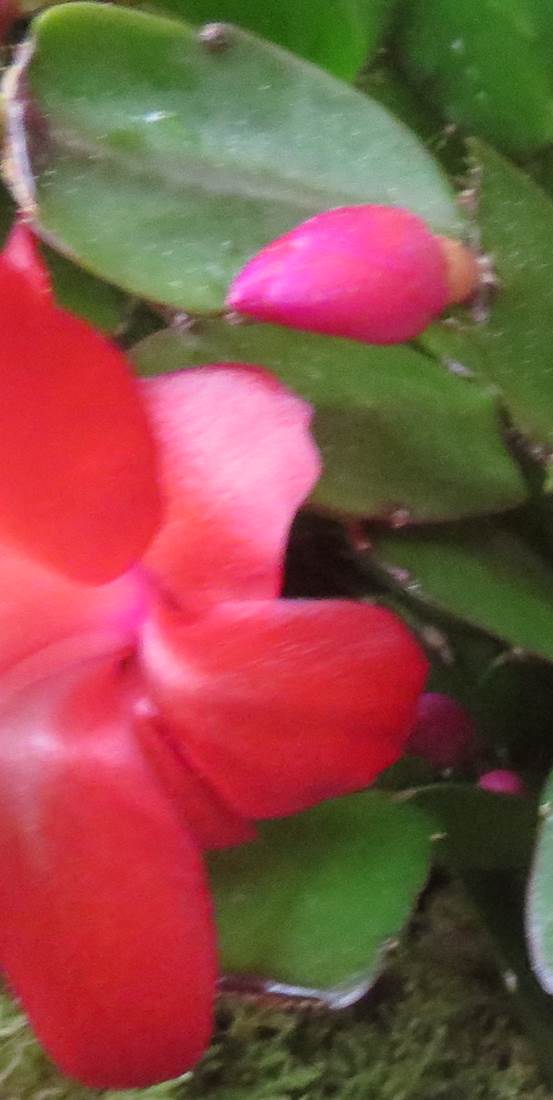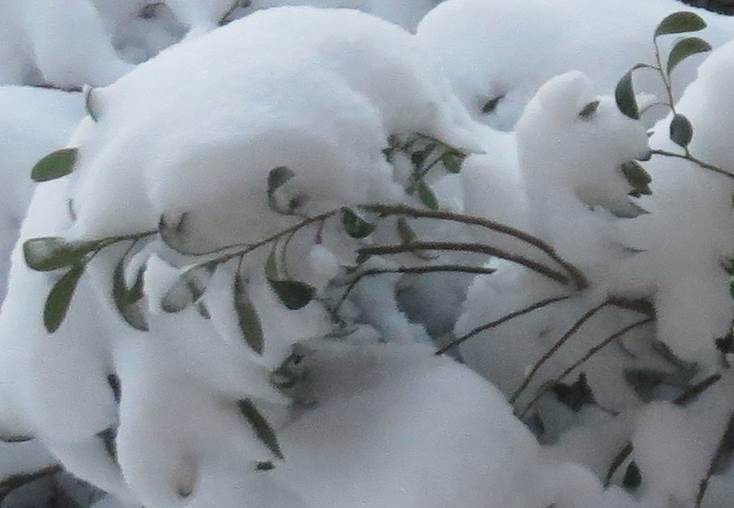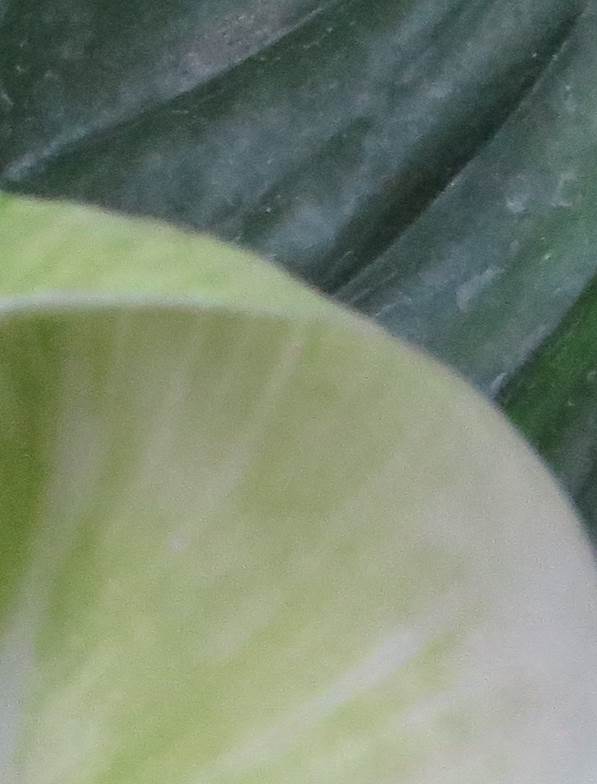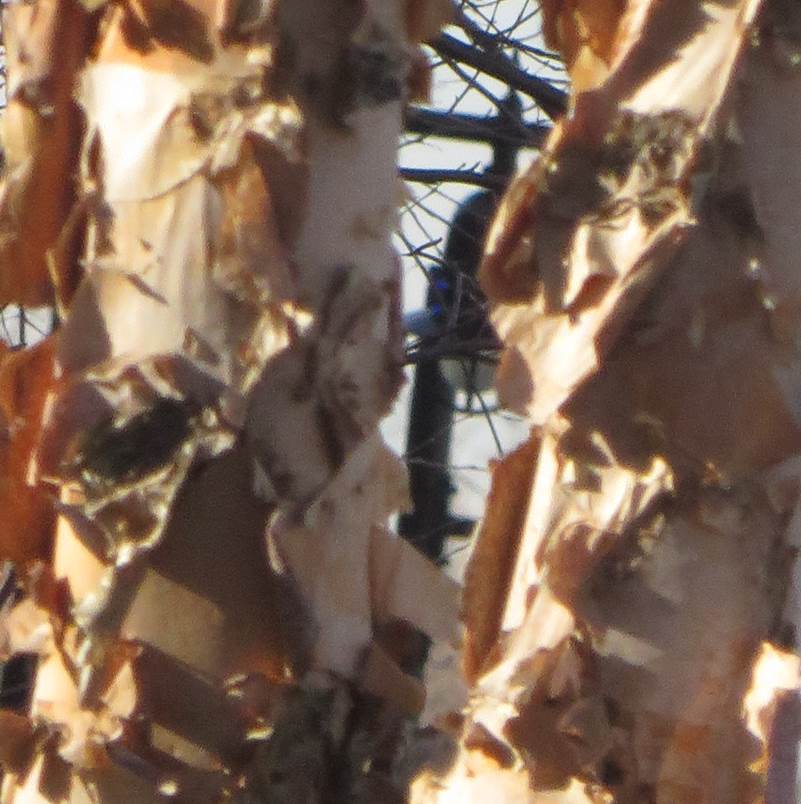Winter Solstice Hike
/One of the new traditions I am starting this year is taking a Solstice Hike. I got the idea from a guided hike conducted by the Howard County Conservancy yesterday (yes - a day early…but Saturday was a better day for the event than Sunday). The hike started at Belmont Manor and Historic Park and hiked down to the Patapsco River through the Patapsco Valley State Park that almost surrounds Belmont. The keyword about the trail is down; it was that getting to the river and then uphill for the way back! My Fitbit counted about 9,000 steps and the equivalent of 40 flights of stairs. The pace was comfortable and there were no difficult parts of the trail.
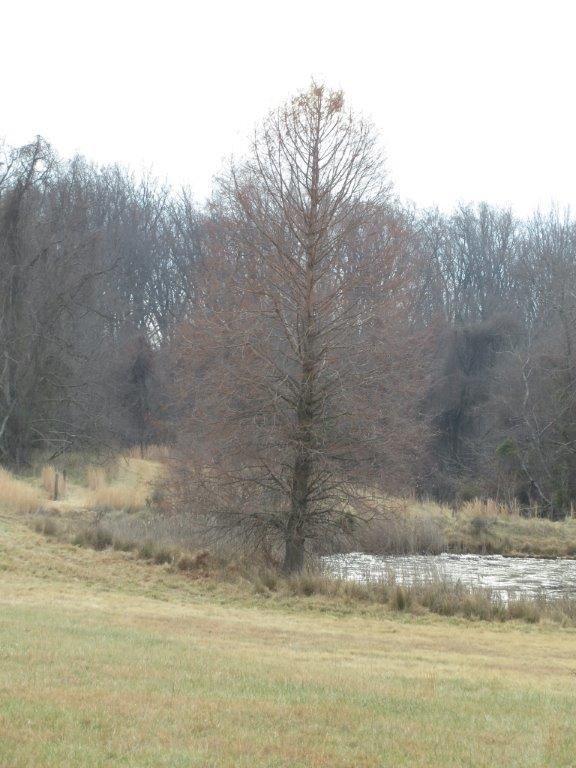 It was about right for a winter hike. I bundled up and stopped periodically to take pictures. The first stop was the pond and the cypress tree. We had noticed on a hike before last fall’s BioBlitz at Belmont that there were knees by the pond and then noticed the large trees at the water’s edge. Some of the knees are in the water but most of them are in the grass around the pond and are scared from mowers.
It was about right for a winter hike. I bundled up and stopped periodically to take pictures. The first stop was the pond and the cypress tree. We had noticed on a hike before last fall’s BioBlitz at Belmont that there were knees by the pond and then noticed the large trees at the water’s edge. Some of the knees are in the water but most of them are in the grass around the pond and are scared from mowers.
As we started into the forest we noticed a tree with distinctive bark. I took a picture of the trunk and up into the tree to help with identification. I think I is a black tupelo/black gum since the bark does look like ‘alligator’ hide and the branches make a pinwheel pattern coming out from the trunk.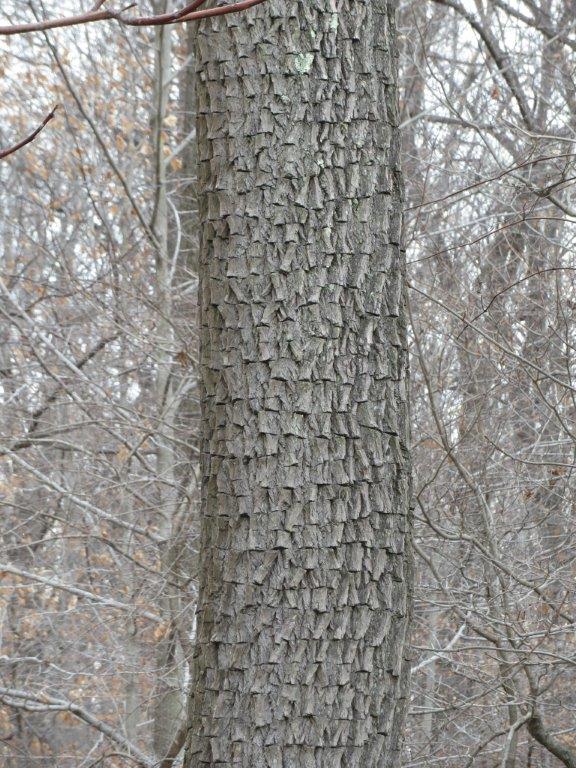
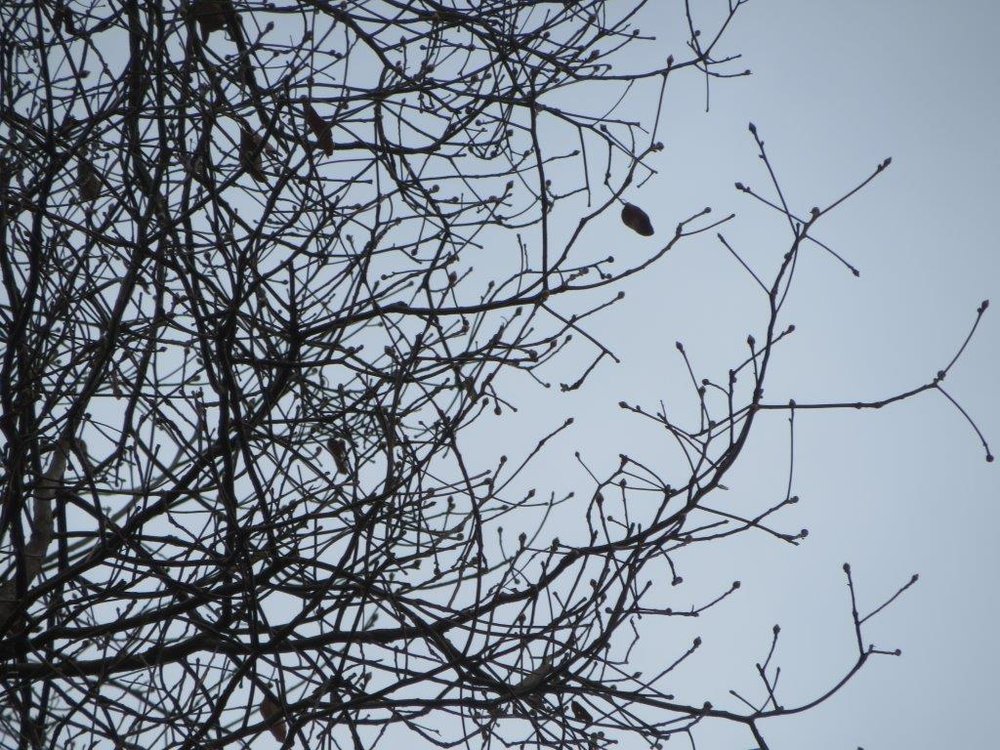
 With the vegetation of summer gone, I started looking more closely at the base of trees. They usually provide a firm hold to the earth for the tree. There was one tree with a splintered trunk that still had a stump firmly in the ground.
With the vegetation of summer gone, I started looking more closely at the base of trees. They usually provide a firm hold to the earth for the tree. There was one tree with a splintered trunk that still had a stump firmly in the ground.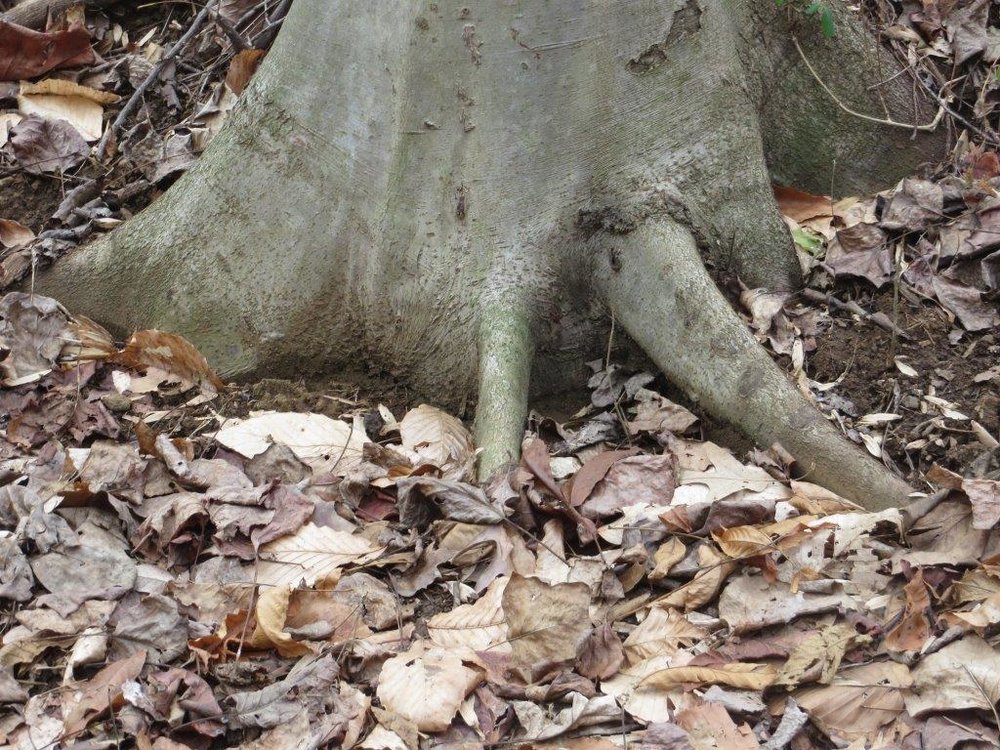
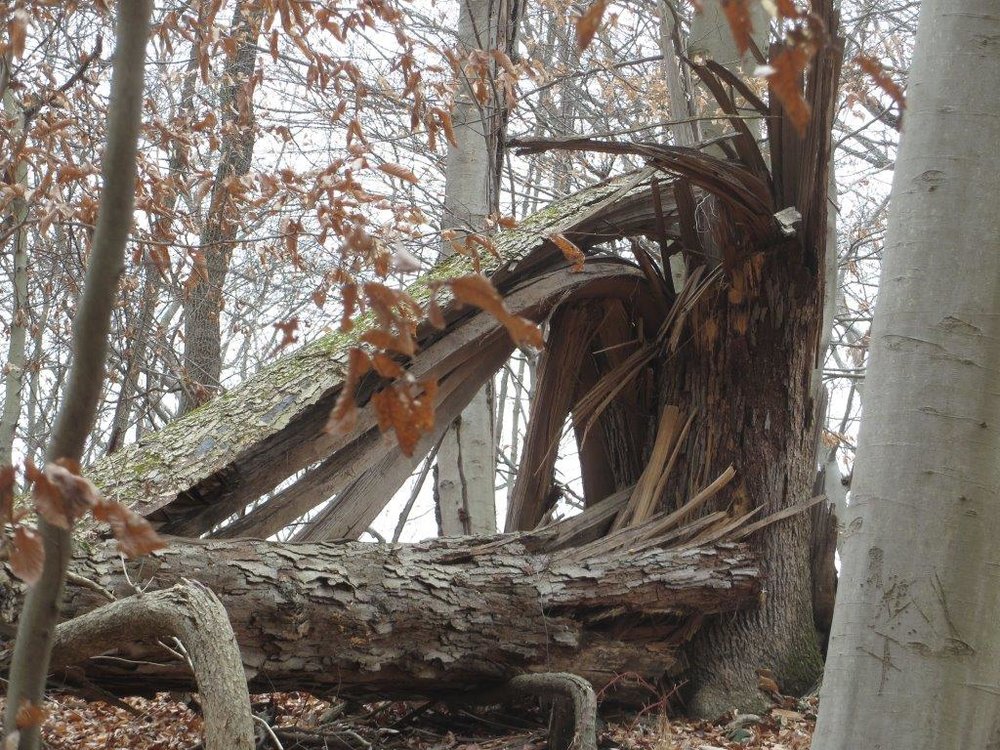
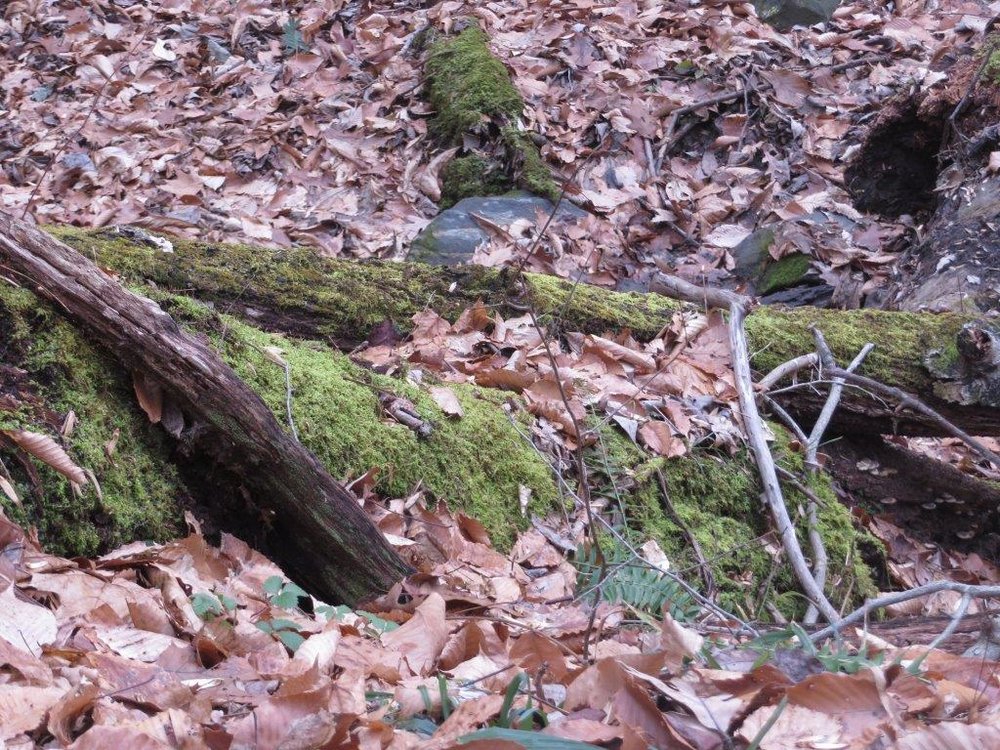 I like the winter scenes that still have a bit of green from moss
I like the winter scenes that still have a bit of green from moss
Or ferns.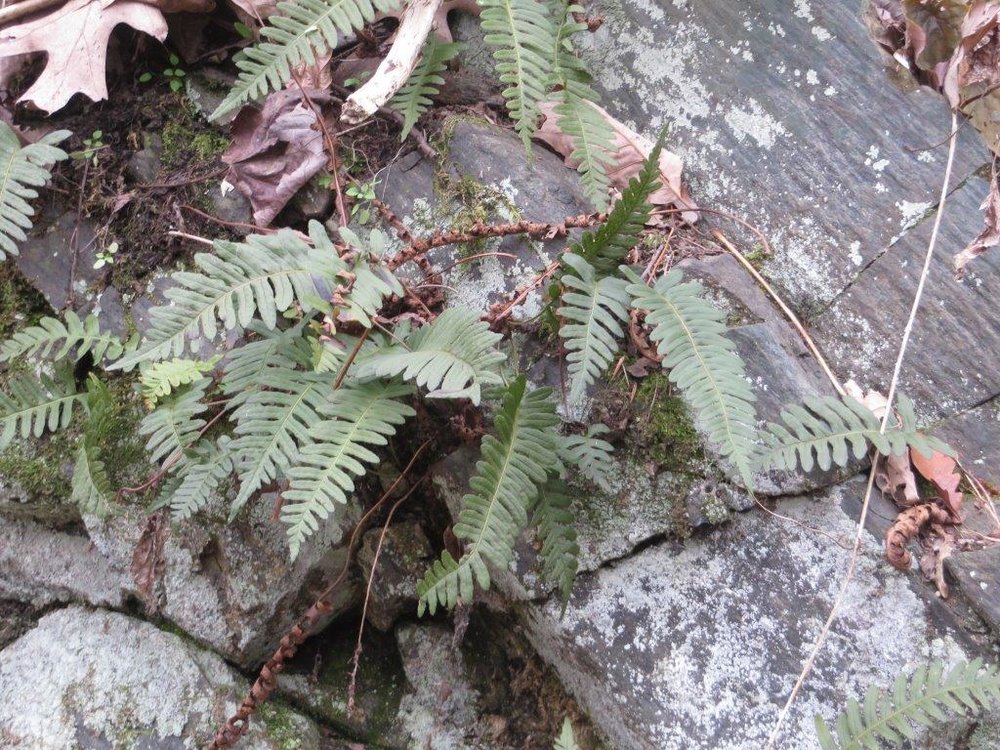
I photograph just about every shelf fungus I see as well!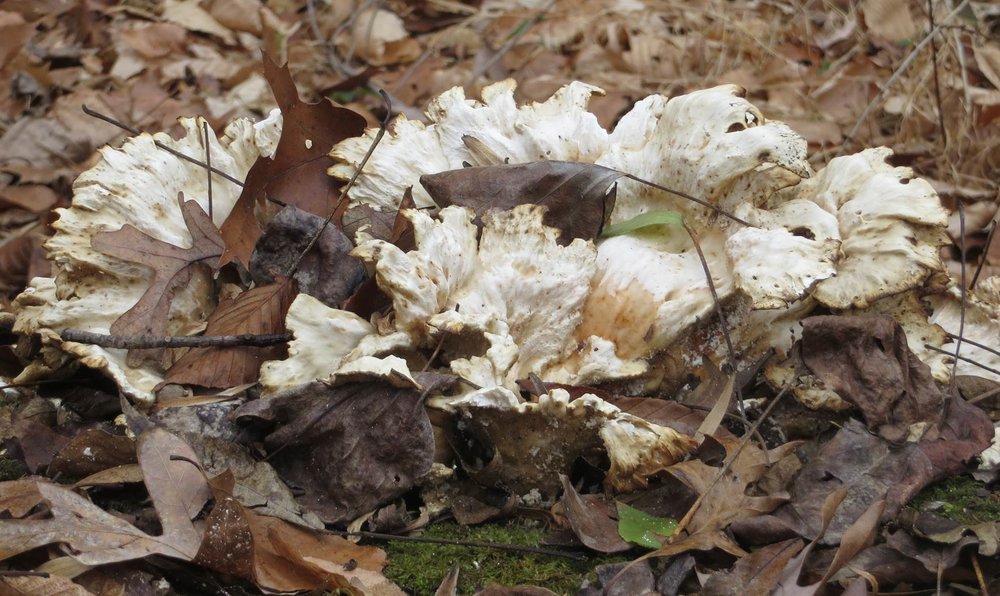
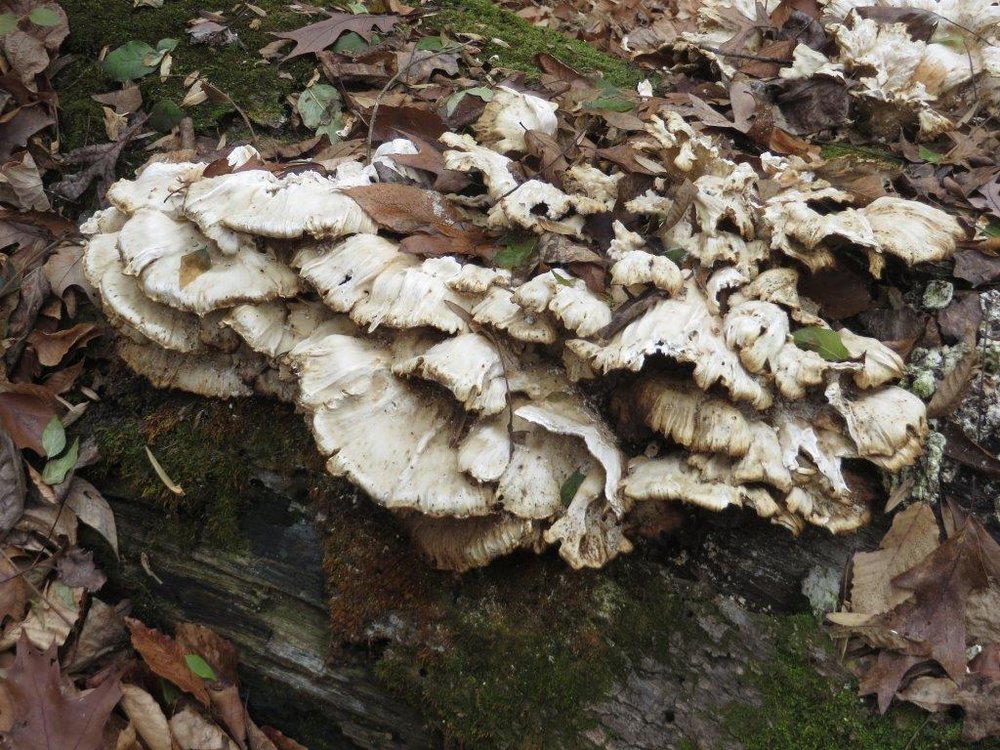

 Finally we see the Patapsco River.
Finally we see the Patapsco River.
At the water’s edge there are sycamores with their roots being undermined by the river.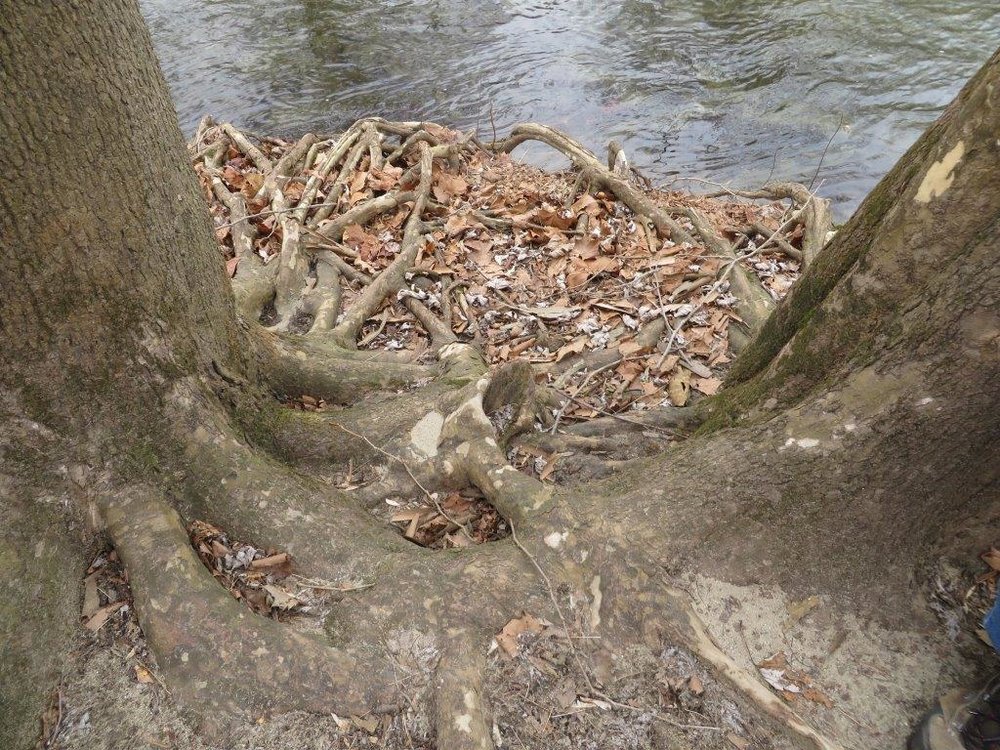
As we begin the hike back we see the distinctive trunk of a Honey Locust.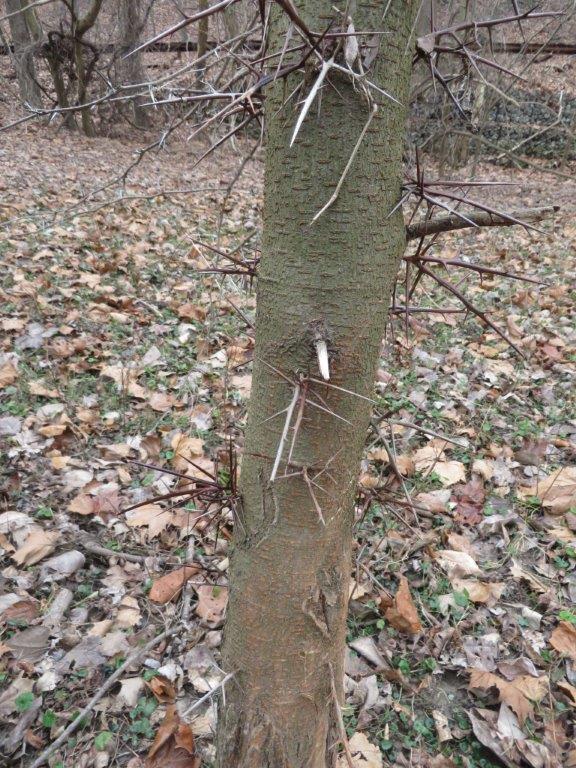
Next year I might do another guided Solstice Hike…or I may just hike with friends. The point is some outdoor time on the shortest day of the year!
Another new tradition I want to try this year is a First Day Hike in a State Park. There are parks all over the US participating. To find one near you - check the http://naspd.org/ site (the logo at the bottom of the page goes to a form to select your state)! I hope the weather on January 1 is as good for hiking as the weather was for the Solstice Hike.

